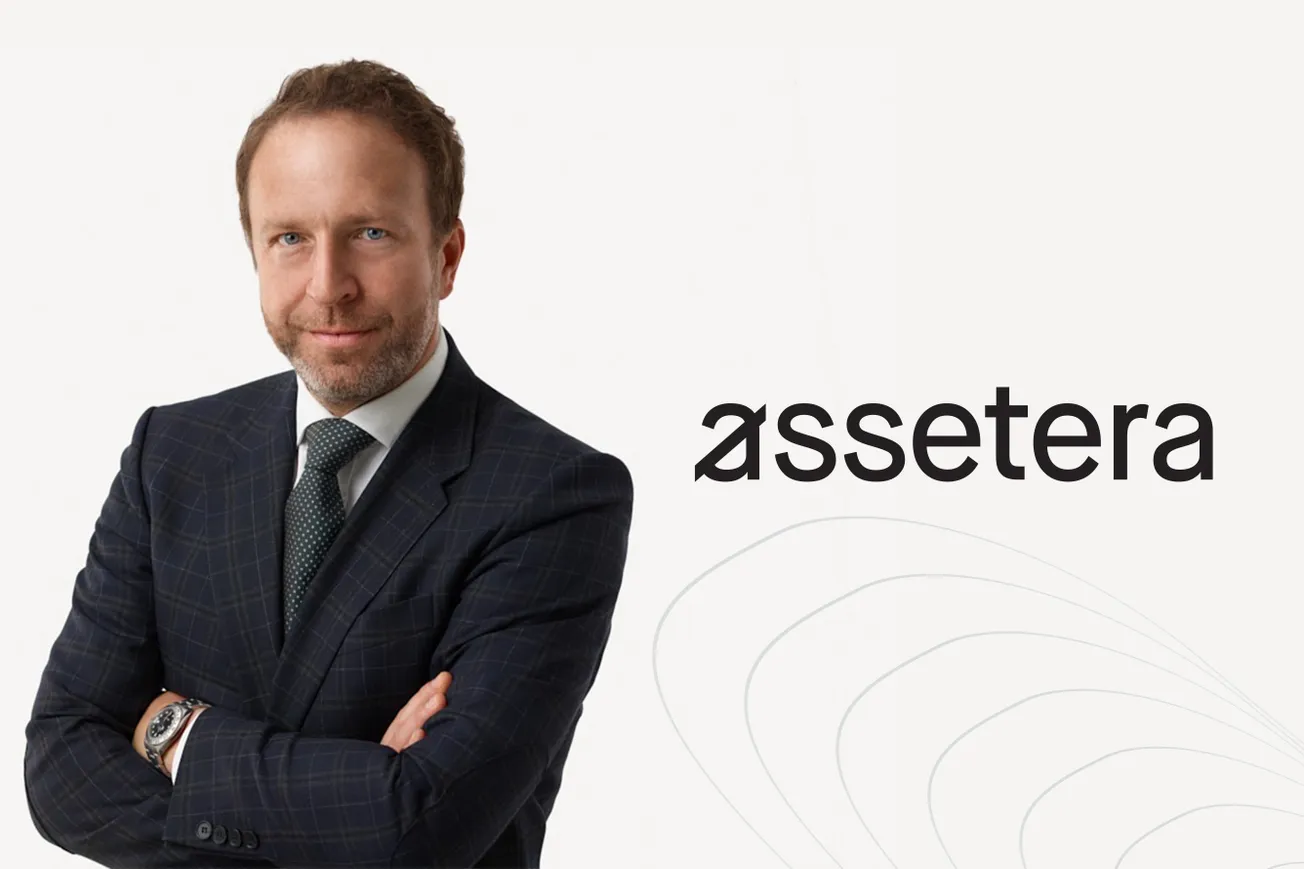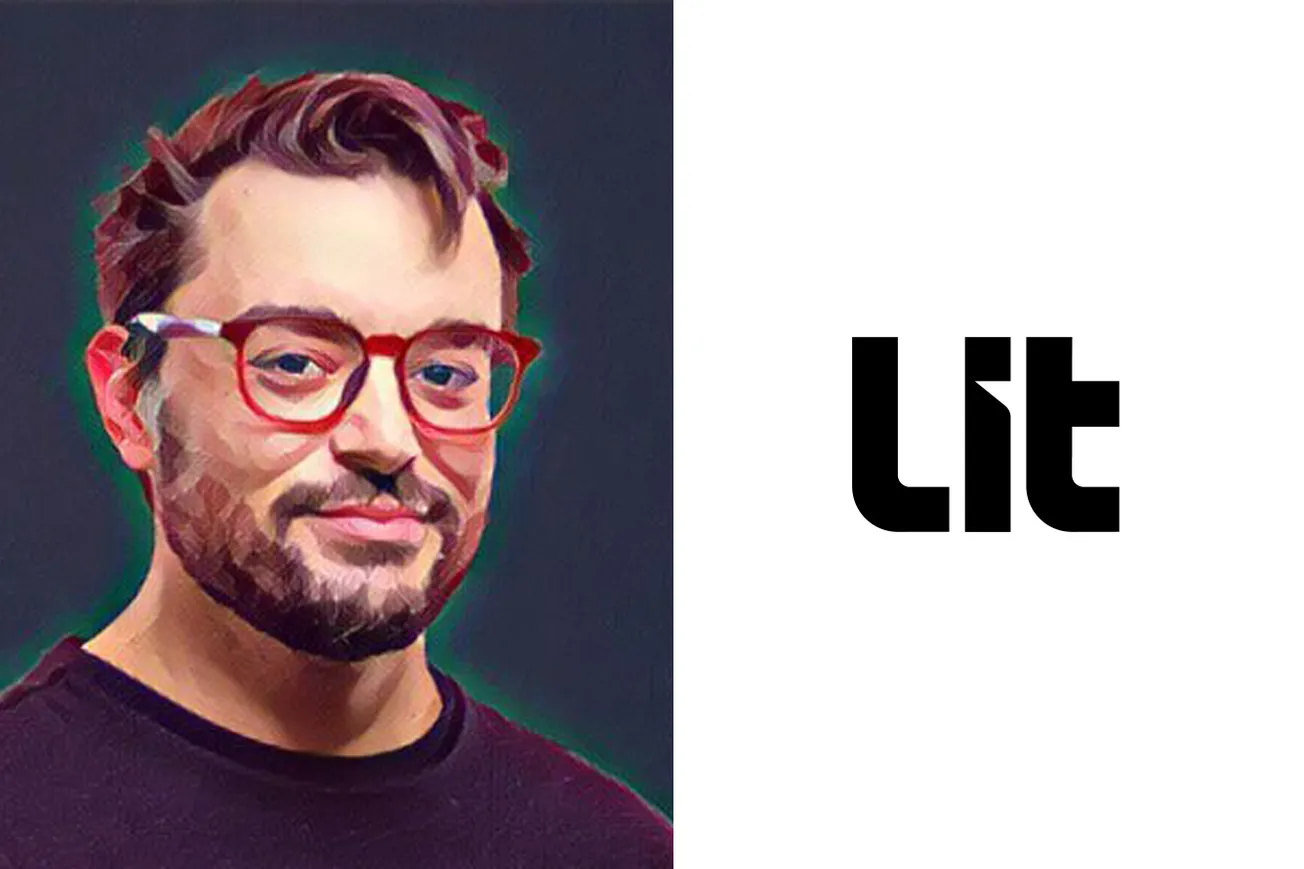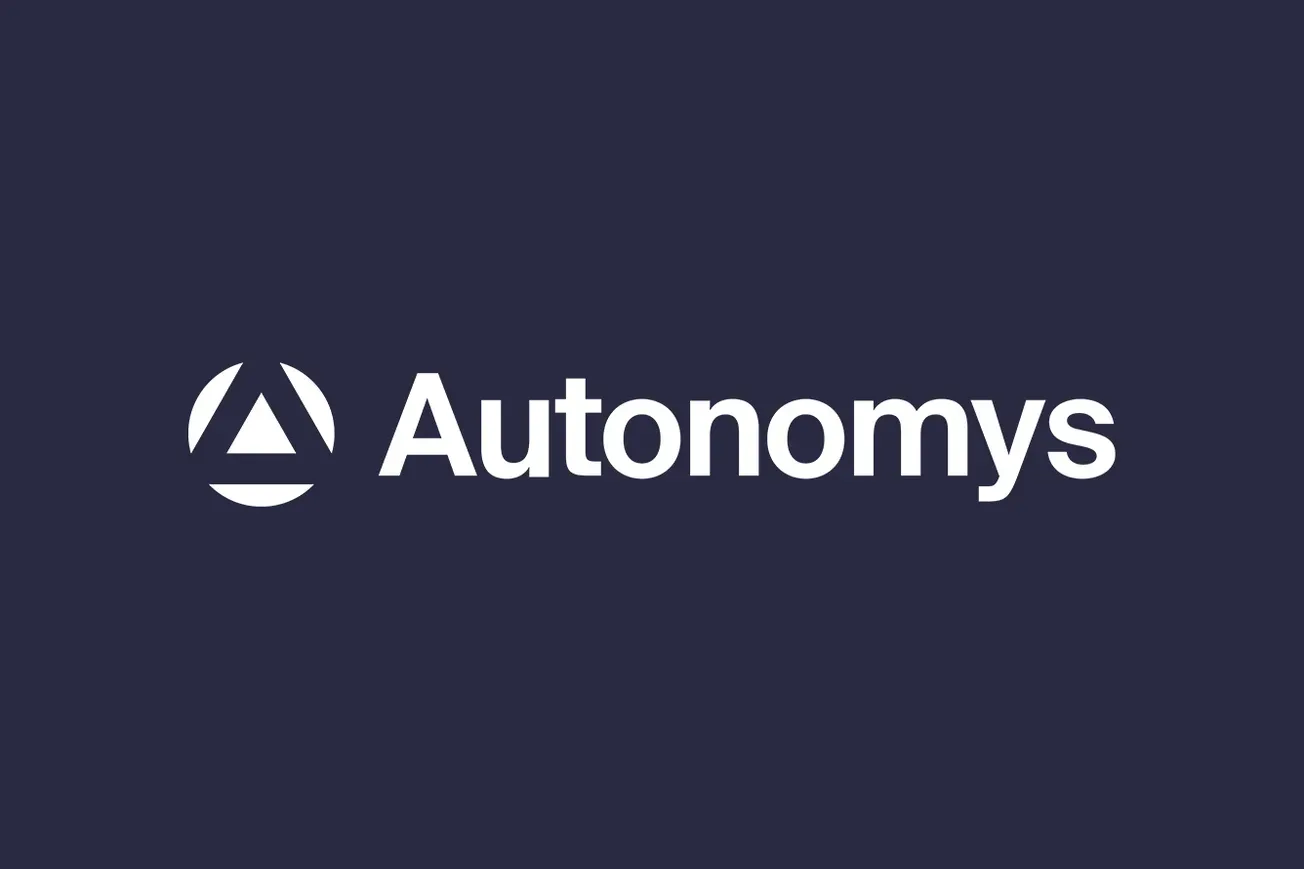Table of Contents
In an era where blockchain is revolutionizing financial markets, Assetera is leading the charge in transforming private markets through tokenization. "The Founder" sat down with Thomas Labenbacher, CEO of Assetera, to discuss how regulated blockchain-based trading platforms are unlocking new liquidity sources and democratizing access to private assets. With a background spanning traditional banking, venture capital, and fintech entrepreneurship, Thomas shares his insights on the evolution of financial markets and how tokenization is reshaping investment opportunities.
Q. Thomas, you have an extensive background in banking, venture capital, and fintech. What initially drew you to the world of digital finance?
From the start, I have been deeply engaged in both finance and technology. I began my career at GE Capital, where I designed and implemented a point-of-sale (POS) operating system for the auto loan business.
The rapid evolution of fintech startups around the year 2000 signaled a shift in how financial services would operate in the future. At its core, digital finance is the intersection of finance and technology, constantly evolving to drive disruption, improve efficiency, and expand financial inclusion on a global scale.
Being part of this transformation - whether through investments, advisory roles, or strategic execution - was both stimulating and impactful.
Q. As an entrepreneur with successful exits, what lessons have you learned that you are now applying to Assetera?
I identified four key imperatives that are essential:
- Talent is Everything – A strong team is the foundation of success. Hiring the right people—not just for their skills but for their adaptability and vision alignment—makes a significant difference.
- Customer-Centric Approach – Listening to customers early and often is key. Understanding their pain points and evolving the product based on real feedback ensures long-term market fit. Ease of use!
- Timing is Everything – Even a great product can struggle if the market isn’t ready. Recognizing industry trends, regulatory shifts, and technological advancements helps in seizing the right moment for scaling.
- Financing is fundamental at every stage of a business - whether it’s the initial launch, scaling for growth, or planning an exit. Successful exits don’t happen overnight, and neither does fundraising. Securing capital is a time-intensive process. One critical lesson I’ve learned is that many companies fail because of a fragmented cap table, misaligned investor interests, or excessive dilution can create significant roadblocks when raising funds or negotiating an exit. Founders should carefully balance early-stage equity distribution, protect decision-making power, and ensure long-term incentives for both investors and key team members.
Q. Private markets have traditionally been exclusive to institutional investors. How is Assetera changing this dynamic?
Private markets have historically been dominated by institutional investors due to high entry barriers, regulatory complexities, and limited access for individual investors.
Assetera is transforming this landscape by leveraging technology and innovative market structures to make private market investments more accessible, transparent, and efficient.
Here’s how Assetera is changing the dynamic:
Democratizing Access – By creating a regulated digital marketplace, Assetera enables a broader range of investors to participate in private market opportunities that were previously reserved for institutional players.
Tokenization & Fractional Ownership – Through blockchain-based asset tokenization, Assetera allows investors to hold fractional shares of private assets, reducing the capital requirement and making investments more liquid.
Increased Liquidity – Unlike traditional private markets, which often require long lock-up periods, Assetera facilitates secondary market trading, providing investors with an easier exit strategy and more flexibility.
Regulated & Secure Infrastructure – Assetera operates within a compliant regulatory framework, ensuring investor protection while streamlining traditionally complex due diligence and transaction processes.
Seamless Digital Experience – The platform simplifies the investment process, offering a user-friendly interface, data-driven insights, and automated compliance to improve efficiency and transparency.
Q. Can you explain how tokenization simplifies the traditionally complex process of private market investing?
Tokenization revolutionizes private market investing by transforming traditionally illiquid, complex, and high-barrier assets into digital, fractional, and easily tradable securities. Here’s how it simplifies the process:
- Fractional Ownership Lowers Barriers: Traditionally, private market investments require large capital commitments and lengthy due diligence processes. Tokenization breaks assets into smaller, digital shares, allowing more investors to participate with lower minimum investments.
- Streamlined Transactions via Smart Contracts: Traditional private market transactions involve multiple intermediaries, complex paperwork, and lengthy settlement times. Smart contracts automate compliance, payments, and ownership transfers, reducing costs and transaction times from weeks to minutes.
- Enhanced Liquidity with Secondary Market Trading: Private assets, such as real estate, private equity, and venture capital, often require long lock-up periods. Tokenized assets can be traded on secondary markets, providing investors with more liquidity and exit options.
- Transparency and Security via Blockchain: Traditional private market investing suffers from opaque pricing, limited access to data, and counterparty risk. Blockchain records ownership, transactions, and compliance data immutably, enhancing security, transparency, and investor confidence.
- Regulatory Compliance and Efficiency: Private market investing often involves manual KYC/AML checks, accreditation verification, and compliance monitoring. Tokenization platforms integrate automated regulatory compliance, ensuring that transactions meet legal requirements without slowing down the process.
Q. BlackRock and Hamilton Lane are making significant strides in tokenization. How do you see Assetera positioning itself in this evolving landscape?
As traditional financial giants embrace tokenization to improve liquidity, accessibility, and efficiency in private markets, Assetera is uniquely positioned to complement and accelerate this transformation.
As tokenization reshapes private markets, Assetera positions itself as a next-generation marketplace that bridges innovation with broader investor participation. By combining regulatory compliance, secondary market liquidity, and a seamless digital experience, Assetera complements major institutional efforts while expanding access to a more inclusive and liquid private investment ecosystem.
Q. Assetera offers 24/7 trading of tokenized assets. How do you ensure liquidity and security in this new market model?
Ensuring Liquidity: Assetera ensures liquidity through institutional market makers and algorithmic trading, maintaining active buy and sell orders. Fractional ownership lowers investment barriers, allowing more participants to trade smaller portions of private assets. A secondary market for tokenized assets enables investors to enter and exit positions without long lock-up periods. Automated settlement via smart contracts reduces transaction friction, ensuring fast and seamless trade execution. Assetera connects with brokers, custodians, and digital asset exchanges, expanding market access and liquidity pools.
Ensuring Security: Assetera operates within a regulated framework, ensuring compliance with AML, KYC, and securities laws. Blockchain transparency ensures all transactions are immutably recorded, preventing fraud and enhancing auditability. Smart contracts undergo rigorous audits to eliminate vulnerabilities and secure trade automation. AI-driven risk monitoring detects suspicious activity in real time, ensuring a secure trading environment.
Q. Many retail investors are still hesitant about blockchain-based financial services. What steps is Assetera taking to build trust and adoption?
Many retail investors remain cautious about blockchain-based financial services due to concerns over security, regulation, and complexity. Assetera is actively addressing these challenges by implementing key measures to build trust and drive adoption. As mentioned earlier: Through regulatory compliance & investor protection, education & user-friendly experience, liquidity & accessibility and trust through transparency & blockchain integrity.
Q. Regulatory frameworks are critical in financial markets. What challenges do you see in regulatory adoption for tokenized assets, and how is Assetera navigating them?
The regulatory landscape for tokenized assets is evolving, but it presents several challenges that must be addressed for mainstream adoption.
- Lack of Clear Global Standards: Tokenized assets often fall into regulatory gray areas, with different jurisdictions applying varying rules on classification (e.g., securities vs. commodities).
Assetera’s Approach: Assetera aligns with MiFID II, AML, and securities laws to ensure full compliance and seamless trading.
- Investor Protection & Market Surveillance: Regulators demand transparent reporting, investor protection mechanisms, and fraud prevention in tokenized markets.
Assetera’s Approach: Assetera employs real-time risk monitoring, blockchain transparency, and institutional-grade custody solutions to protect investors.
By taking a proactive, compliance-first approach, Assetera ensures that tokenized assets operate within regulated financial frameworks. Through clear legal structures, automated compliance, and strategic regulatory partnerships, Assetera is paving the way for the mainstream adoption of tokenized financial markets.
Q. Looking ahead, where do you see the intersection of blockchain, tokenization, and private markets in the next five years?
The convergence of blockchain, tokenization, and private markets is set to transform global finance, unlocking greater accessibility, efficiency, and liquidity. Over the next five years, we can expect rapid advancements in the following areas:
- Institutional Adoption & Regulatory Clarity
- Increased Liquidity in Private Markets
- Integration with Traditional Finance (CeFi + DeFi Convergence)
- Mass Adoption of Blockchain Based Private Markets
Over the next five years, blockchain and tokenization will redefine private markets, creating a more accessible, liquid, and efficient investment ecosystem. Assetera and other forward-thinking platforms will play a critical role in bridging traditional finance with digital assets, unlocking new opportunities for investors, institutions, and market participants worldwide.
Q. What advice would you give to entrepreneurs and investors looking to explore opportunities in digital finance and tokenization?
The tokenization of real-world assets is no longer a distant concept—it's happening now, and companies like Assetera are at the forefront of this transformation.
With his extensive experience in fintech and digital finance, Thomas Labenbacher is pioneering a new era of accessibility and liquidity in private markets. "The Founder" will continue to bring you insights from the leaders shaping the future of finance.










